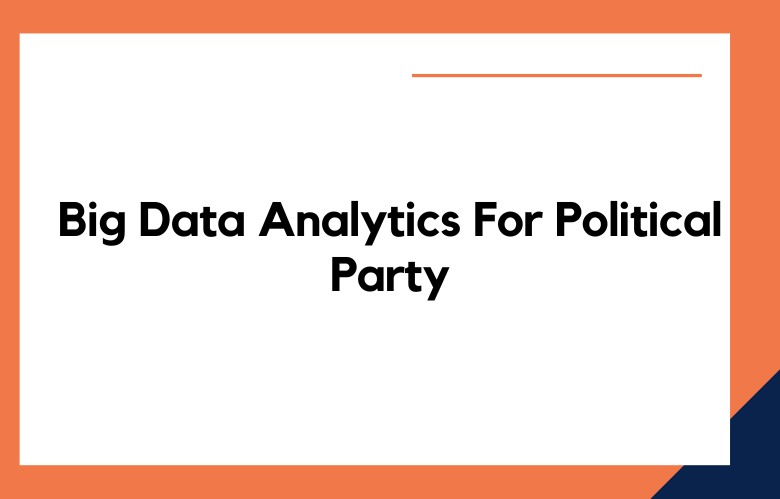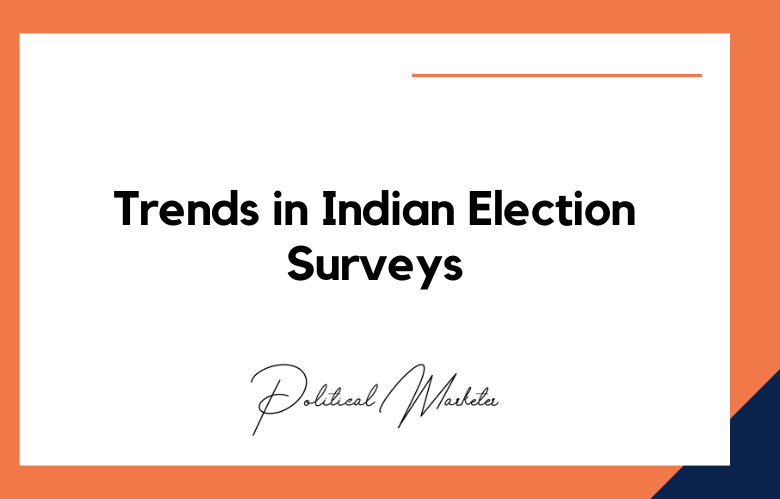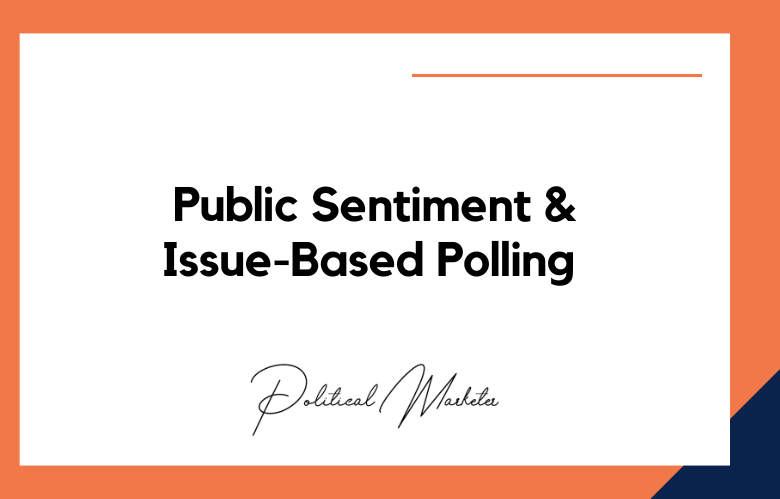Big data analytics has become essential for political parties seeking a competitive edge and making data-driven decisions. By analyzing large datasets, political parties can gain valuable insights into voter behavior, preferences, and trends, allowing them to tailor their messaging, target their campaigns, and optimize their resources.
Big Data Analytics For Political Party
In today’s digital age, political parties increasingly turn to big data analytics to gain a competitive edge and make more informed decisions. By analyzing large datasets, political parties can gain valuable insights into voter behavior, preferences, and trends, enabling them to tailor their messaging, target their campaigns, and optimize their resources more effectively.
Some of the ways political parties can use big data analytics include:
Voter Profiling: By analyzing demographic data, voting history, and other data points, political parties can create detailed voter profiles, allowing them to target their messaging and outreach efforts more effectively.
Social Media Analysis: Political parties can analyze social media data to gauge public sentiment, identify trending topics, and track the effectiveness of their messaging.
Predictive Analytics: Political parties can use machine learning algorithms and other advanced analytical techniques to predict voter behavior, election outcomes, and other vital metrics.
Resource Optimization: Big data analytics can help political parties optimize their resources, including campaign funds, volunteer efforts, and advertising spending, by identifying the most effective channels and tactics.
Overall, big data analytics can give political parties a wealth of insights to inform their strategies, improve their decision-making, and ultimately increase their chances of success at the polls.
Data-Driven Democracy: The Power of Big Data Analytics in Politics
The rise of big data analytics has transformed the landscape of politics, providing political parties and campaigns with powerful tools to understand and influence voter behavior. By collecting and analyzing vast amounts of data on voters, from demographic information to social media activity, political organizations can gain insights into their constituents’ needs, preferences, and behaviors.
This data can be used in various ways to shape political strategy and messaging. For example, political campaigns can use data analytics to identify swing voters, tailor their messaging to specific audiences, and optimize their outreach efforts for maximum impact. Big data can also be used to predict election outcomes, track the effectiveness of campaign strategies, and inform policy decisions.
Turning Votes into Insights: How Political Parties Use Big Data Analytics
Political parties increasingly turn to big data analytics to gain a competitive edge and make more informed decisions. By collecting and analyzing vast amounts of data on voters, from demographic information to social media activity, political organizations can gain valuable insights into their constituents’ needs, preferences, and behaviors.
There are several ways in which political parties can use big data analytics to their advantage:
Voter Profiling: By analyzing demographic data, voting history, and other data points, political parties can create detailed profiles of individual voters, allowing the
m to tailor their messaging and outreach efforts more effectively.
Social Media Analysis: Political parties can analyze social media data to gauge public sentiment, identify trending topics, and track the effectiveness of their messaging.
Predictive Analytics: Political parties can use machine learning algorithms and other advanced analytical techniques to predict voter behavior, election outcomes, and other vital metrics.
Resource Optimization: Big data analytics can help political parties optimize their resources, including campaign funds, volunteer efforts, and advertising spending, by identifying the most effective channels and tactics.
However, using big data in politics raises essential ethical and privacy concerns.
Political organizations must balance the benefits of data-driven decision-making with protecting voters’ privacy and rights. As the role of big data in politics continues to grow, clear guidelines and regulations must be established to ensure that data is used responsibly and ethically.
Leveraging Big Data: How Political Parties Stay Ahead of the Game
Big data analytics involves collecting and analyzing large amounts of data from various sources, such as social media, polling data, and demographic information. By examining this data, political parties can identify patterns and trends that inform their messaging, outreach efforts, and overall campaign strategy.
One key benefit of big data analytics is targeting specific groups of voters with tailored messaging. By analyzing voters’ demographics, interests, and past voting behavior, political parties can create detailed profiles of individual voters and craft messages that resonate with their specific concerns and priorities.
Big data analytics can help political parties optimize resources and allocate their campaign budgets more effectively. By identifying the most effective channels and tactics, political parties can focus their efforts on the strategies that are most likely to deliver results.
Data Mining for Votes: The Role of Big Data Analytics in Political Campaigns
In recent years, political campaigns have increasingly turned to big data analytics to gain a competitive edge and make more informed decisions. By collecting and analyzing large amounts of voter data, campaigns can identify patterns and trends that inform their messaging, outreach efforts, and overall strategy.
One primary way campaigns use big data is through data mining, which involves analyzing large datasets to identify patterns and insights. By examining data on voters’ demographics, past voting behavior, and online activity, campaigns can create detailed profiles of individual voters and tailor their messaging to specific groups.
Data mining can also help campaigns optimize resources and allocate budgets more effectively. By identifying the most effective channels and tactics, campaigns can focus on the strategies most likely to deliver results.
From Polls to Insights: How Political Parties Utilize Big Data Analytics
Political campaigns increasingly use big data analytics to gain a competitive edge and make more informed decisions. By analyzing large amounts of data from various sources, such as social media, polling data, and demographic information, political parties can identify patterns and trends that inform their messaging, outreach efforts, and overall campaign strategy.
One key benefit of big data analytics is the ability to target specific groups of voters with tailored messaging. By analyzing voters’ demographics, interests, and past voting behavior, political parties can create detailed profiles of individual voters and craft messages that resonate with their specific concerns and priorities. This allows campaigns to reach voters more effectively and efficiently, resulting in a more engaged and informed electorate.
Big data analytics can help political parties optimize resources and allocate their campaign budgets more effectively. By identifying the most effective channels and tactics, political parties can focus their efforts on the strategies that are most likely to deliver results, resulting in a more efficient and effective campaign.
However, using big data in political campaigns raises ethical and privacy concerns. Political organizations must be transparent about data collection and analysis practices and respect voters’ privacy rights. Additionally, greater regulation and oversight are needed to ensure data is used responsibly and ethically in political campaigns.
Conclusion:
Big data analytics has become a game-changer for political parties looking to gain a competitive edge and make data-driven decisions. By leveraging big data, political parties can better understand voter behavior, preferences, and trends, enabling them to tailor their messaging, target their campaigns, and optimize their resources more effectively.
With the right analytical tools and expertise, political parties can unlock valuable insights that can inform their strategies, improve their decision-making, and increase their chances of success in elections. As the role of data in politics continues to grow, big data analytics will become an increasingly essential component of any successful political campaign.
Call: +91 9848321284
Email: [email protected]











